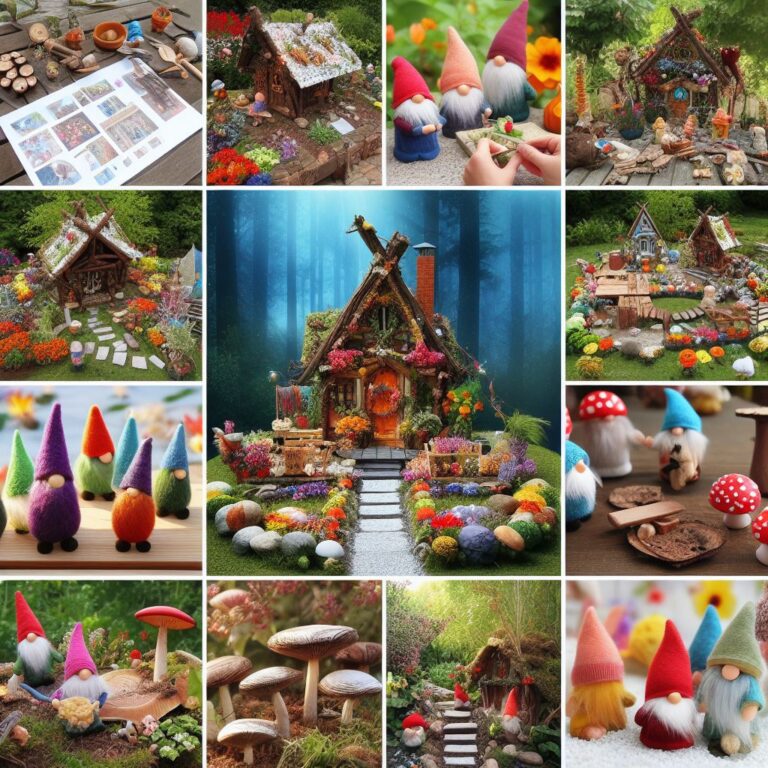Gnomes: A Journey Through Folklore and Legend
Gnomes are mythical creatures that have been a part of folklore and legend for centuries. These small, humanoid beings are typically associated with the earth and are said to possess knowledge of the natural world. But where did gnomes come from, and how did they become a part of our cultural heritage? In this article, we’ll explore the origins of gnomes and the various myths and legends surrounding them.
The earliest known reference to gnomes can be traced back to the 16th century, when the Swiss alchemist and physician Paracelsus wrote about them in his book “Liber de Nymphis, sylphis, pygmæis et salamandris et de caeteris spiritibus”. In this book, Paracelsus described gnomes as small, subterranean creatures who possessed knowledge of the earth and the elements. Gnomes were said to be friendly towards humans, but they could be mischievous at times.
According to Paracelsus, gnomes were associated with the element of earth and were responsible for maintaining the balance of nature. They were said to be able to control the growth of plants and could even influence the weather. Gnomes were also said to be guardians of the hidden treasures of the earth, such as gems and minerals.
The term “gnome” itself comes from the Greek word “gnōmē”, which means “knowledge”. This is fitting, as gnomes are often associated with knowledge and wisdom. In fact, some sources describe gnomes as having access to secret knowledge that humans are not privy to.
Over time, gnomes became a popular subject of folklore and legend throughout Europe. In German folklore, gnomes were known as “Erdmannchen”, or “little earth men”. These gnomes were said to be friendly towards humans and were known for their hard work and love of gardening. In Swedish folklore, gnomes were known as “tomte“, and were said to be the protectors of farms and homesteads. In English folklore, gnomes were known as “knockers” and were said to inhabit mines and help miners find precious metals.
Gnomes also became a popular subject of art and literature in the 19th century. The famous poet and playwright Johann Wolfgang von Goethe wrote a poem called “Der Zwerg”, or “The Dwarf”, in which he described a gnome as a wise and ancient being who possessed knowledge of the earth and the natural world. This poem helped to cement the image of gnomes as wise and knowledgeable beings in popular culture.
In the 20th century, gnomes became a popular decoration for gardens and outdoor spaces. Garden gnomes first became popular in Germany in the 1800s, and quickly spread throughout Europe and North America. These gnomes were typically made of ceramic or concrete, and were designed to resemble the friendly, jolly gnomes of folklore. Garden gnomes became so popular that they even inspired a new literary genre known as “gnome literature”, which consisted of stories and poems about the adventures of garden gnomes.
Today, gnomes continue to be a popular subject of art, literature, and popular culture. They are often depicted as friendly, jolly creatures that bring a touch of whimsy to our lives. Garden gnomes remain a popular decoration for outdoor spaces, and are often used to add a touch of personality and charm to gardens and yards.
In conclusion, gnomes have been a part of our cultural heritage for centuries. These small, mythical beings are associated with the earth and possess knowledge of the natural world.







